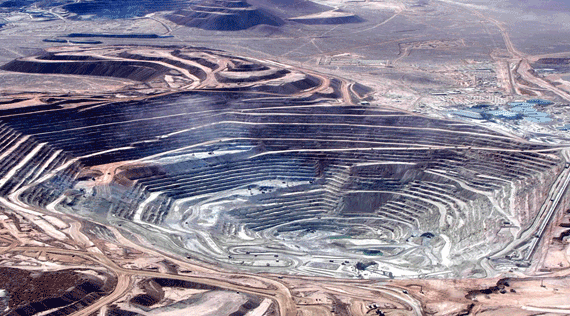
We are currently witnessing a cyclical decline in the global steel market, with prices down 15-40% since the beginning of the year (depending on the product and market). Consequently, steelmakers’ margins have also declined, making it harder for them to maintain operations on the current scale and compete in the global market.
For example, European plants have to reduce production, lay off workers, and seek help from government agencies to survive this period. In such circumstances, market participants are interested in forecasts on how long this situation will last and whether the dynamics of raw material prices will improve the situation of steel companies.
In this article, I will express my opinion on the iron ore and scrap markets, as these are the main raw materials used in steel production. To a certain extent, these products are interchangeable, and therefore their price dynamics can be linked to each other.
Traditionally, iron ore prices depend on the dynamics of steel production in China. This is influenced by the state of the Chinese economy, which determines domestic consumption and export opportunities.
In terms of domestic consumption, the Chinese government began implementing measures aimed at refinancing the debt of local governments in September this year, a move that has already had a positive impact on infrastructure investment. Thus, in the first 10 months of 2024, infrastructure investment in China increased by 4.3% year-on-year, while in the first 9 months – by 4.1%.
It is likely that China will introduce other stimulus measures. In early November, the parliament approved a program that will refinance the hidden debts of local governments during 2024-2026. A new stimulus package is also expected to be announced on December 9-13, when the Central Economic Work Conference will be held.
As the European Central Bank and the US Federal Reserve cut interest rates, the Chinese central bank will also have to make similar decisions to prevent the Chinese yuan from strengthening and reducing the competitiveness of Chinese exporters.
However, on the other hand, it is unlikely that stimulus measures will be able to radically change the dynamics of domestic steel consumption and the development of the economy as a whole. China has been experiencing deflation for six consecutive quarters. Industrial production is stagnating: while in January-February, industrial production grew by 7.0% y/y, in November it grew by only 5.4%. According to our estimates, activity in steel-consuming sectors declined by 10% in 10 months of 2024 decreased by 0.9% y/y.
Given weak domestic demand, existing steel production capacity is excessive. Surplus products are being exported to the global market – in 2024, China’s steel exports are likely to exceed the record level of 2015 (110 million tons). Countries have begun to strengthen trade defenses against Chinese products, which pose a threat to local producers.
The decline in steel production in China is inevitable and has been expected for at least the last 10 years. The stimulus measures implemented by the government and the central bank can only mitigate this decline to prevent a sharp collapse.
In the coming months, these incentives will support steel production in China, so iron ore prices are unlikely to fall below $100 per tonne. In the long term, given the good supply of iron ore and the decline in steel production in China, prices will gradually decline – next year we expect the average iron ore price to reach $95/t, which is quite acceptable for most iron ore companies.
Scrap could compete with iron ore to some extent, but the current price ratio between iron ore and scrap does not allow Turkish producers (the main consumers of scrap in the world) to be competitive. Turkey’s steel production remains at the level of the previous year, while domestic consumption is growing due to imports.
In particular, imports of steel products to Turkey reached 1.7 million tons in October (+36% y/y). This month, Turkey imported about 200 thousand tons of square billets from China and 100 thousand tons from Russia. In total, China exported about 2.2 million tons of semi-finished steel products in September-October, which could replace 12% of global scrap supplies. During this period, scrap prices fell by 15%.
Given the high interest rates designed to curb inflation, Turkey will see stagnation in domestic steel demand. With limited potential for export growth, Turkey’s steel production is likely to remain at the same level as this year. The
EU also does not have the potential to increase steel production and will not be able to support demand for scrap. We expect scrap prices to fluctuate in the range of $330-350/t and there will be opportunities for exports of square billets, which will replace part of the demand for scrap.
In general, the future state of the market will depend on how the dynamics of prices for different raw materials will interact with each other. On the one hand, lower ore prices increase the competitiveness of steel produced by the oxygen-converter process. On the other hand, lower scrap prices strengthen the position of producers operating electric arc furnaces. Therefore, in the future, iron ore and scrap prices will try to reach a certain parity that will allow different players to remain in the market.